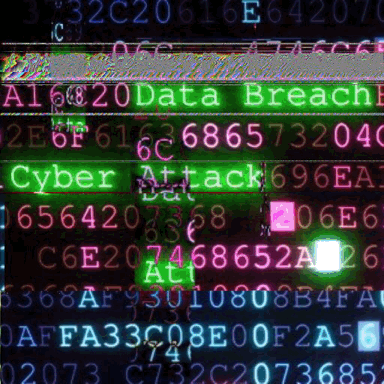Member-only story
A Comprehensive Guide to the VIC Cipher
Exploring the History, Encryption Process, and Use Cases of the VIC Cipher | Karthikeyan Nagaraj
3 min readApr 15, 2023

Introduction:
- The VIC cipher, also known as the “one-time pad cipher,” is a symmetric key cipher that has been used in various applications, including military communications and espionage.
- It was first developed in the 1950s by a CIA cryptographer named William F. Friedman and was used extensively by the CIA during the Cold War.
- This article aims to provide a comprehensive guide to the VIC cipher, including its history, encryption process, use cases, strengths, and weaknesses.
History of the VIC Cipher:
- The VIC cipher was developed by William F. Friedman in the 1950s for use by the CIA.
- It was used extensively by the CIA during the Cold War to encrypt and decrypt sensitive messages.
- The VIC cipher was considered unbreakable at the time, as long as certain conditions were met, such as the use of a truly random key.
Encryption Process of the VIC Cipher:
- The VIC cipher uses a one-time pad, which is a random sequence of characters that is used only once.
- To encrypt a message, the plaintext is first converted to numbers or letters, depending on the encoding used.
- The one-time pad is then added to the plaintext using modular arithmetic, which involves adding or subtracting the values of the corresponding characters in the plaintext and the one-time pad.
- The resulting ciphertext is a random sequence of characters that is indecipherable without the one-time pad.
Decryption Process of the VIC Cipher:
- To decrypt a message encrypted using the VIC cipher, the recipient must have a copy of the one-time pad that was used to encrypt the message.
- The recipient subtracts the values of the corresponding characters in the ciphertext and the one-time pad using modular arithmetic to recover the plaintext.
- The one-time pad must be used only…
